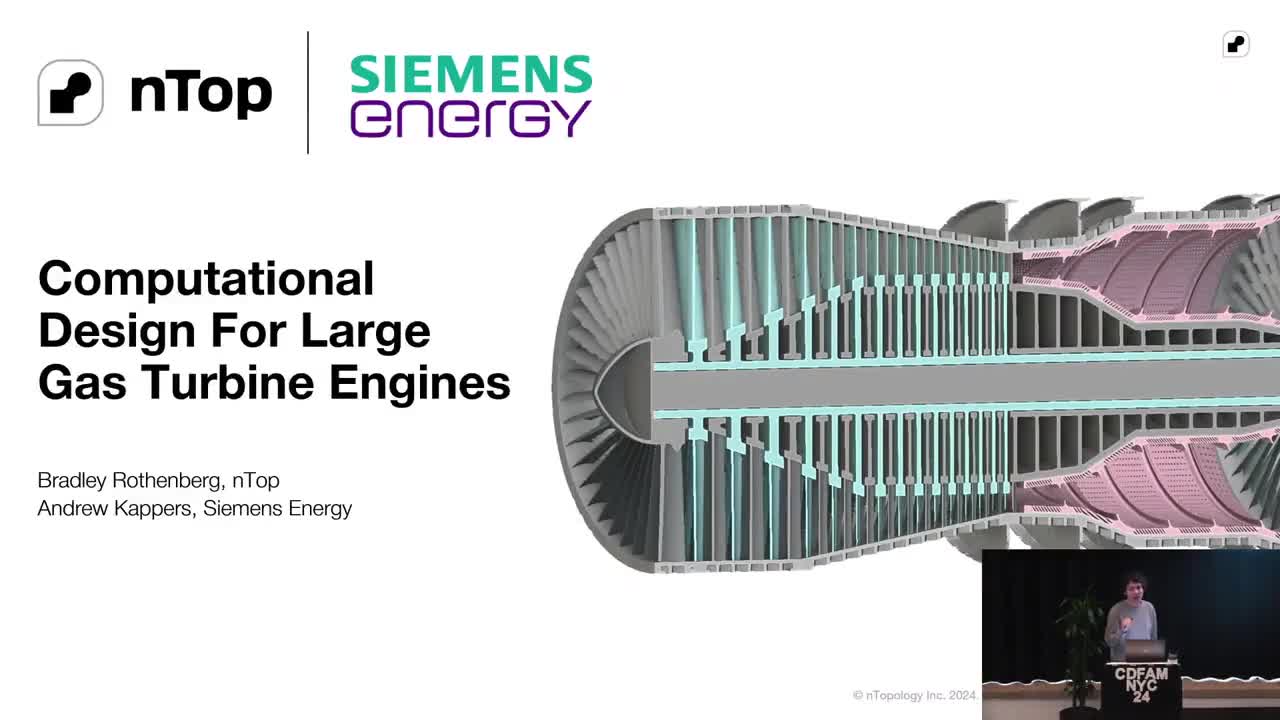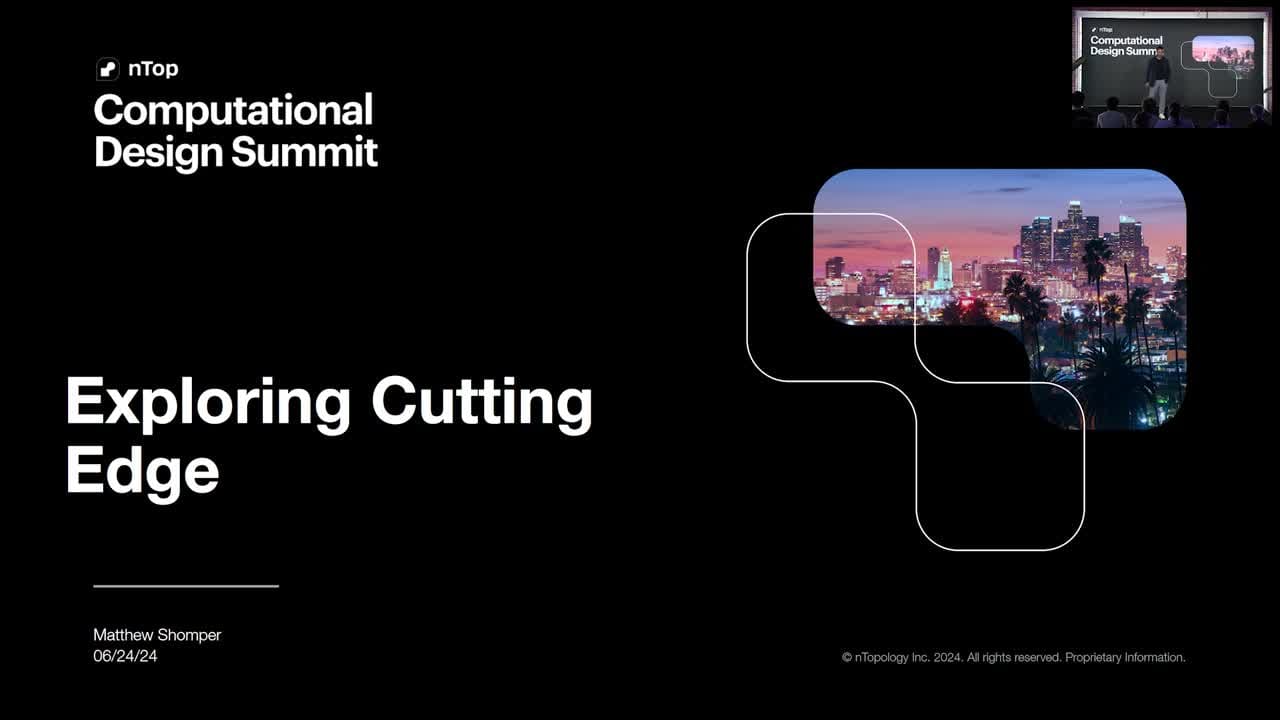Impressio: Developing an effective toolbox
Written by Rich Wojcik
Published on April 9, 2020
The fourth NFL Helmet Challenge Design for Additive Manufacturing eSeries guest blog.
The form, fit, and function of football helmets has mostly been unchanged since MacGregor, the last leather football helmet manufacturer, ceased production of that iconic protective gear in the mid-1960s. Since then, rigid outer shells filled with varying degrees of foam constructs have become commonplace and have dominated the market ever since. Impressio is trying to change that.
At Impressio we are using 21st-century technology to make helmets safer by combining our state-of-the-art polymer called Liquid Crystalline Elastomers (LCEs) with intelligent additive manufactured lattices. The way we approach this challenge is by utilizing nTop. Using the features inside Platform, we have developed what I call our digital toolbox.
Effectively utilizing Platform’s flagship features, we can bring to life helmet liners that take full advantage of cutting-edge additive manufacturing and novel materials. These features include volume and surface lattices, Boolean unions, ramps, and an array of versatile meshing techniques. First, we define a design space between a shell and a player’s head. Then it is imported into Platform, where we can apply various volume and surface lattices, blend them, and then export to 3D print.
Once the volume lattice specifications are specified, we can adjust the thickness of the struts by utilizing Platform’s powerful ramp tool. Ramping enables us to control the thickness of the struts based on a distance from a specified field. It is important to note that the field doesn’t necessarily have to be a 2D plane. A 3D contour or, in my case, a solid model can suffice. Frequently I use a simulated head model as the field to drive how and where the strut thickness is changed. (Fig. 1)

Figure 1: Example of ramp driven strut thickness within nTop. The field used is the inner surface of the liner sourced directly from the imported solid model.
With the design space fully latticized, the volume and surface lattice will be joined together using a Boolean union. A simple feature in concept, but a powerful and necessary one in practice. The Boolean union not only commands Platform to merge two different bodies but also specifies a blend radius, which aids in reducing stress concentrators, which significantly improve long term durability.
Well, now what? We have a lattice prototype laid before us but it won’t do us much good unless we can export it. Some of Impressio’s earliest work focused on full-sized, one-piece, helmet liners. The big problem with designing one-piece liners is ultimately dealing with an enormous exported mesh file. Luckily Platform has us covered. Instead of going directly to the ‘Mesh from nTop Body’ block, try out the following. Above the notebook, search for ‘Voxel grid from nTop Body’ then ‘Mesh from Voxel Grid'. (Fig. 2) I think you will find your meshes will get substantially smaller, easier to manage, and faster to produce. Meshing my example liner took only a few seconds vs. at minimum a few minutes with the ‘Mesh from nTop Body’ block.

Figure 2: Example block construction using ‘Voxel grid from nTop Body’ to ‘Mesh from Voxel Grid’. Note the ‘Mesh from Voxel Grid’ needs to be manually searched for at the top of the notebook.
Once the mesh is created, you’ll be free to put it into any additive machine you see fit. For Impressio, it will be our EOS p-series printer.

Rich Wojcik
Rich is a mechanical engineer and proud United States Air Force veteran who specializes in new product development from concept to commercialization. His experience includes medical device development, developing test methods and fixturing, and tight tolerance prototyping with 3D printers and traditional CNC machine equipment. Rich received both his bachelor’s and master’s degrees from University of Colorado Denver in Mechanical Engineering with emphasis in Biomechanics. His passion for improving lives and academic interests led him to work for a start-up medical device company called Jortek Surgical. Working directly with Jortek CEO, Kelly Ammann, Rich assisted in developing a groundbreaking ACL interference screw. Rich also independently developed a successful stereotactic head frame adapter for the Department of Neurosurgery at the University of Colorado Hospital. Most recently, Rich has developed orthopedic surgical devices for Styker Sports Medicine.
Related content
- CASE STUDY
Replacing spacecraft supermaterial with high-performance lattice

- VIDEO
nTop Siemens Energy at CDFAM NYC 2024

- VIDEO
nTop CDS 2024: Exploring the cutting edge of computational design with Matthew Shomper

- VIDEO
nTop CDS 2024: How COBRA Golf created the LIMIT3D irons

- CASE STUDY
Cobra Golf designed their LIMIT3D irons 50% faster with nTop
